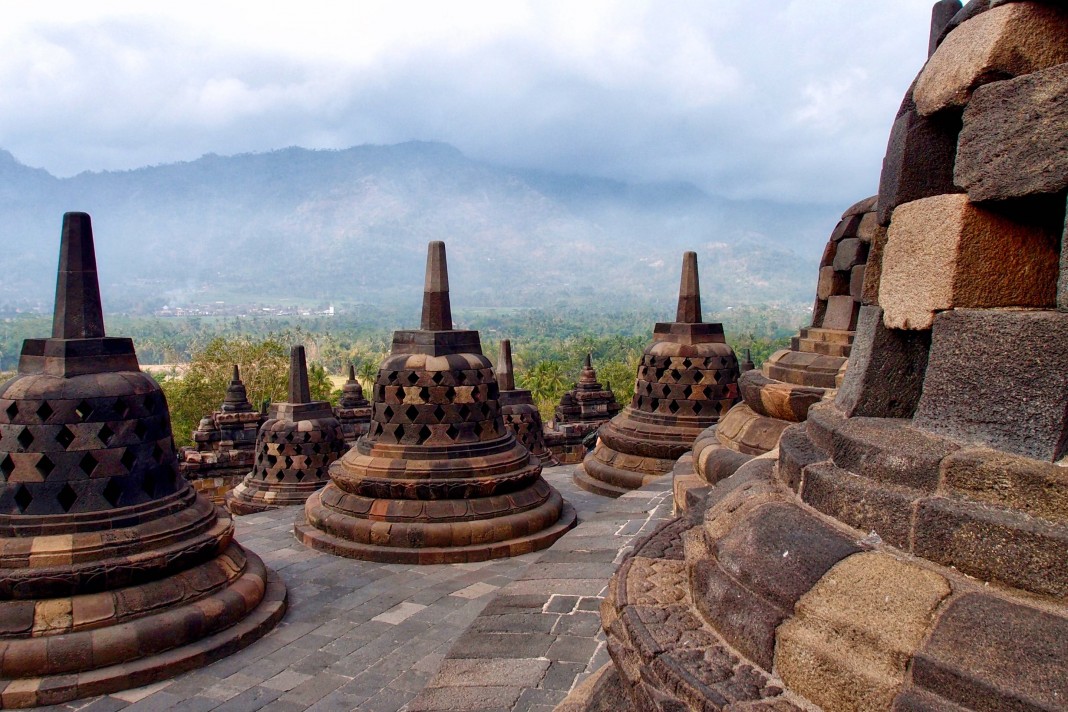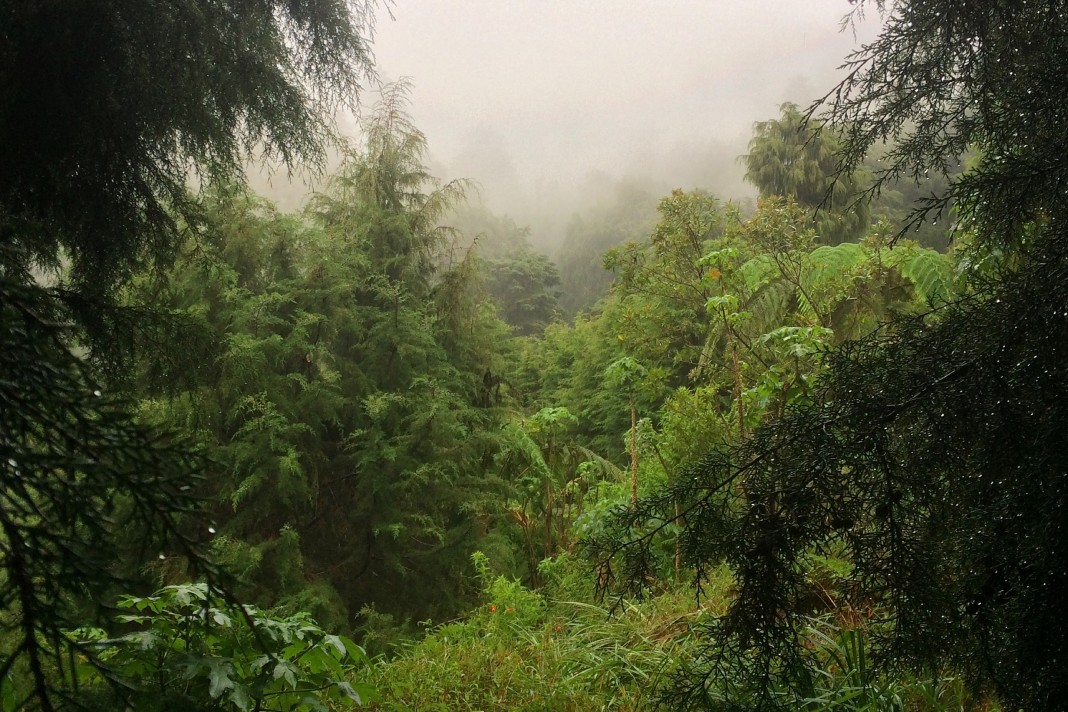Introduction
The region is host to not one, but two royal cities, and the magnificent ancient temples of Borobudur and Prambanan. Lesser known, yet also remarkably impressive and ancient sites can be found on the slopes of Gunung Lewu near Solo, clustered atop the Dieng Plateau and more still within reach of coastal Semarang.

If that is not enough, the Karimunjawa Islands—a string of jewel-like tropical islands—lay off the north coast. A generally decent selection of accommodation, good tourist infrastructure and tempting culinary traditions add to the central region’s position as the jewel in Java’s royal headgear.
Getting around
Much of Central Java is well connected to Java’s east and west by an efficient train service, by far the best means of travel. Lamentably not everywhere a traveller may wish to explore in the province is on the rail line and for some destinations it is the road or nothing, at which time you’ll need a little patience and perseverance—allow a full day’s travel even if Google Maps suggests it may only take a few hours, and expect the unexpected.
When to go
Java’s wet season runs roughly late October to late February, but has been known to extend a month or more in either direction. During this time, road travel is fine on the major roads, but landslides do happen and there can be trip disruptions. Heavy rain can also cause delays on the rail network and rough seas can disrupt or cancel ferry services to Karimunjawa. If you’ve got a date with a long haul international flight, be sure to allow enough wiggle room to make sure you don’t miss it.

Costal areas can feel very hot during the day, but evening temperatures, particularly in the higher inland, can drop at night. If you are planning on visiting the highlands around Dieng and Gedung Songo near Semarang, bring protective cold weather gear—even in dry season. If your trip plans coincide with Ramadan book rail travel as far in advance as possible or consider changing your trip and pick another island in Indonesia. At this time the entire population of Java is on the move, and if you think the railways are congested, you should see the roads!
Day by day
Day 1: Yogyakarta
Yogyakarta is the big fat diamond in Central Java’s crown with a profusion of sparkly enticements, not least the UNESCO World Heritage listed ancient Hindu-Buddhist sites of Borobudur and Prambanan. You’ll have no trouble finding decent accommodation here either, with a terrific selection for every budget, so get yourself settled with a bed for the night, then head out to see what all the fuss is about.

Assuming you’ve arrived earlier in the day, we’d start by exploring the old walled city of the Yogyakarta Sultanate, the cultural and mystical heart of Yogya—first with a visit to the Kraton (Sultan’s palace), then continuing to Taman Sari and Sumur Gumuling, a 500 metre walk away. Taman Sari literally “fragrant garden”, is popularly known as the “Water Castle” and in the past was a watery playground for Sultans and concubines. From Taman Sari an underground tunnel connects to a unique underground mosque, Sumur Gumuling. If you have extra time in Yogya, you could spend a day exploring the lanes and alleyways of this fascinating part of town, but we’ll head back in the evening regardless.
Jump in a taxi (or on a TransJogya bus) to Kota Gede which is popular for silver crafts, but was once the seat of the Islamic Mataram Kingdom with historical sights and architecture to discover. Stop for a bowl of bronkos at Warung Jawi before you wander, a Yogya speciality. When you’re done sightseeing, return to your hotel to freshen up or continue into the city centre to Jalan Malioboro, Yogya’s pumping main artery. This busy street is lined with souvenir shops by day and come evening turns in to a mile-long restaurant. This is “non-stop-Yogya” with crowds, street musicians, sellers and more. Pick a lesehan stall and sit down on a mat on the ground to enjoy Yogya’s famous dishes of gudeg and fried chicken.

If you’re still up for more fun, return to the walled city and at the southern square, the Alun-Alun Kidul, join in a mystical game of blind-man’s-bluff or a crazy peddle car convoy—mirth and merriment for any age.
... Travelfish members only (Full text is around 2,000 words.)Log in to Travelfish
Please sign in to read the rest of this page. The full text is around 2,000 words.
Become a Travelfish member
Choose from $10 week-long through to a lifetime membership.
Reviewed by
Sally Arnold
Sally spent twelve years leading tourists around Indonesia and Malaysia where she collected a lot of stuff. She once carried a 40kg rug overland across Java. Her house has been described as a cross between a museum and a library. Fuelled by coffee, she can often be found riding her bike or petting stray cats. Sally believes travel is the key to world peace.